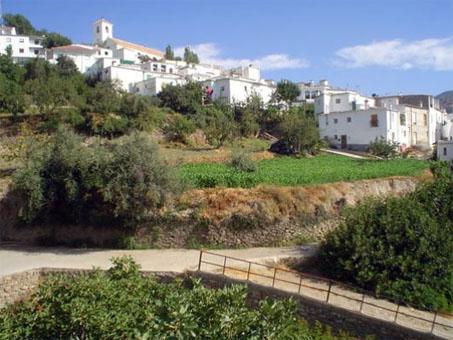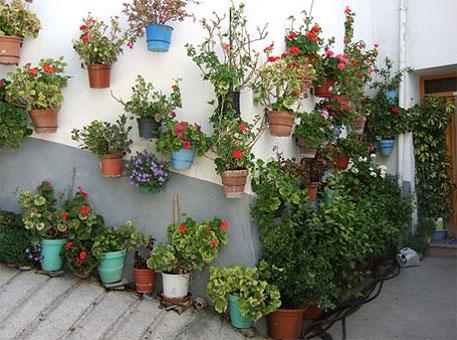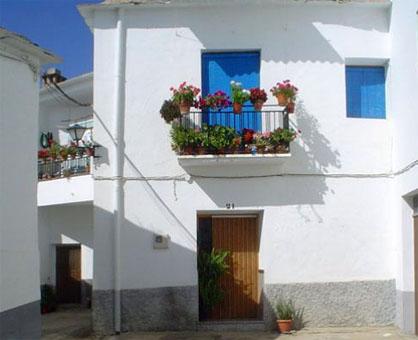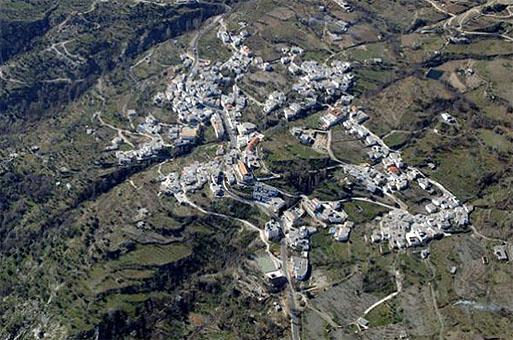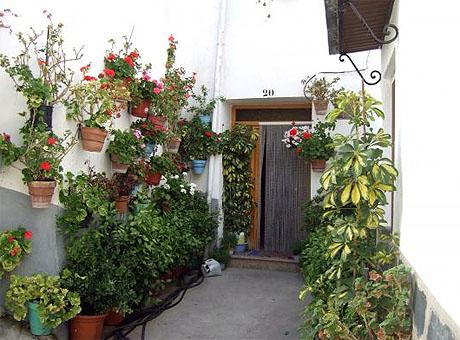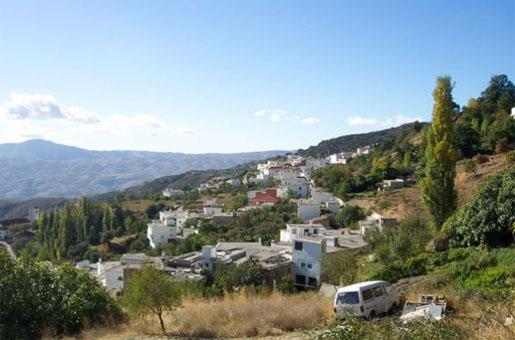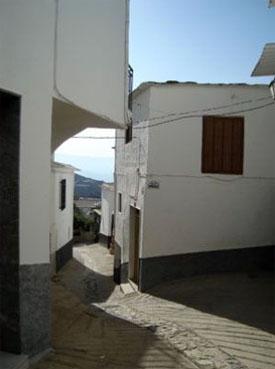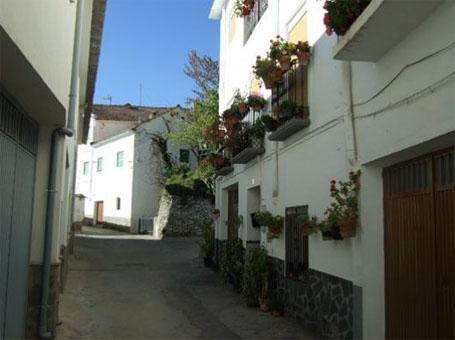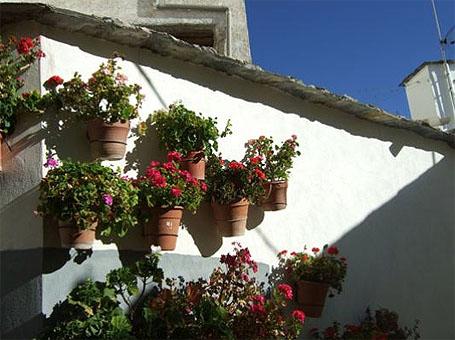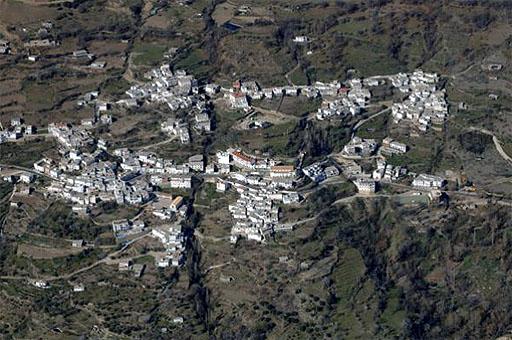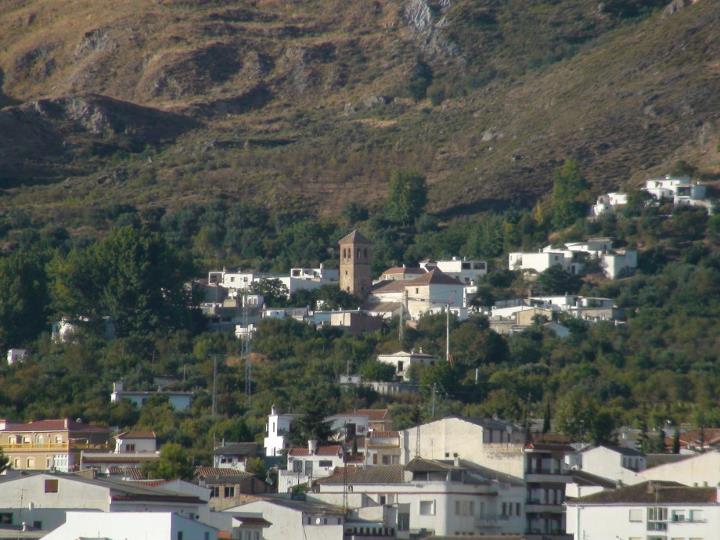Mecina Bombarón
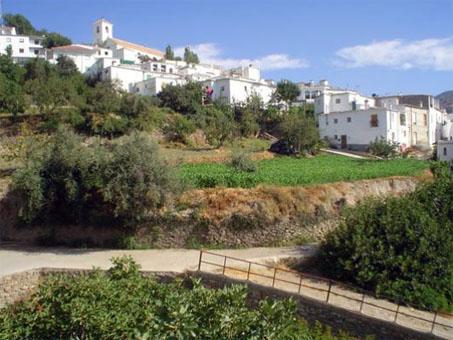
At the heart of the Alpujarra of Granada, the only region in the peninsula, natural step between the Mediterranean coast and Sierra Nevada, where stand the highest peaks in the Spanish territory, is "natural right" that a place should be known.
History
Mecina Bombarón originated in the 10th Century when the Berbers founded many of the Alpujarra villages. At that time, it was a large urban area; it had eight districts, each one with its one mosque.
During the nazari period, it belonged to "taha de Juviles".
The history of Mecina Bombarón runs in a parallel history to other villages in the Alpujarra, which had its moment of splendour under the Arab Andalusian period when all of the Alpujarra was an important agricultural centre, specializing in silk production.
After the Christian re-conquest of Granada in 1492 by the Catholic Monarchs, the population suffered to an unbearable extreme and thus, in 1568, Hernando de Córdoba y Válor, a rich landowner proclaimed himself as Abén Humeya, uprising against Phillip ll, and causing a general revolt amongst the Moors from all over the kingdom of Granada.
It was a person from Mecina Bombarón called Abén Aboo, cousin and deputy of the Moorish leader, who murdered Abén Humeya in 1569, thus becoming the leader of the revolt, which was rapidly crushed by Don Juan de Austria.
The Moors were eventually expelled in 1609. The Alpujarra was later inhabited by peasants from Galicia, León, Asturias, Castile and other places in Andalusia.


